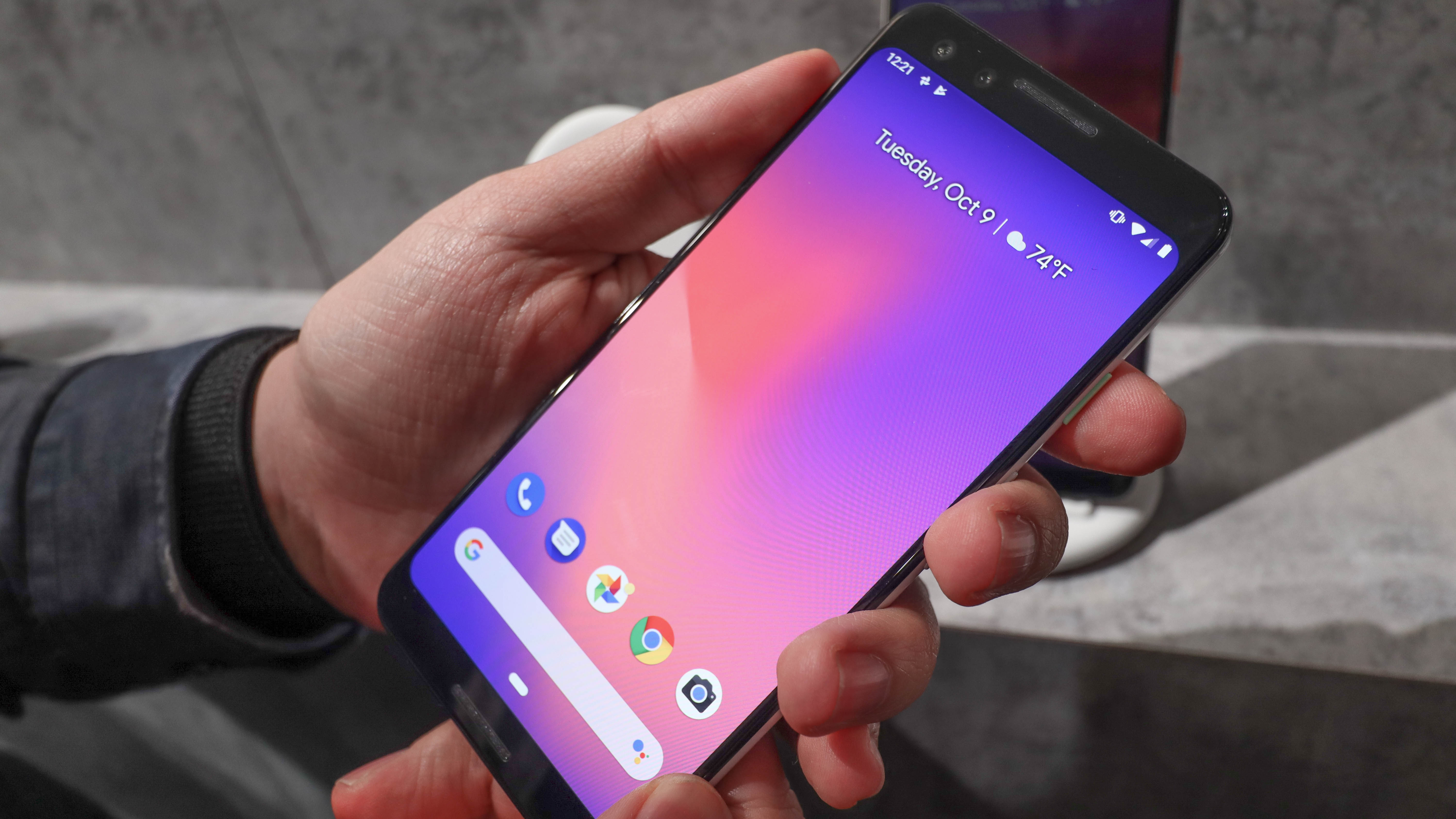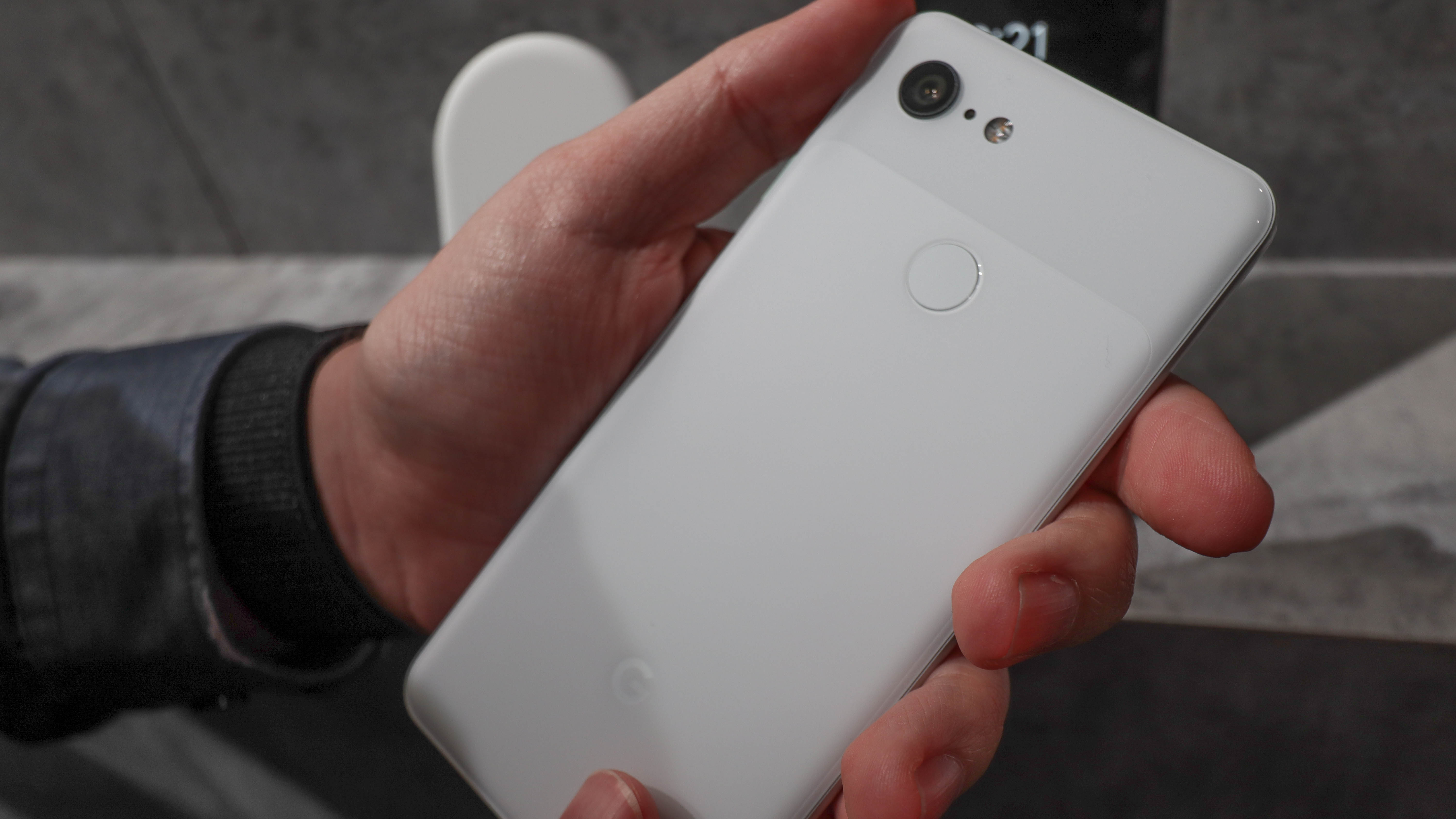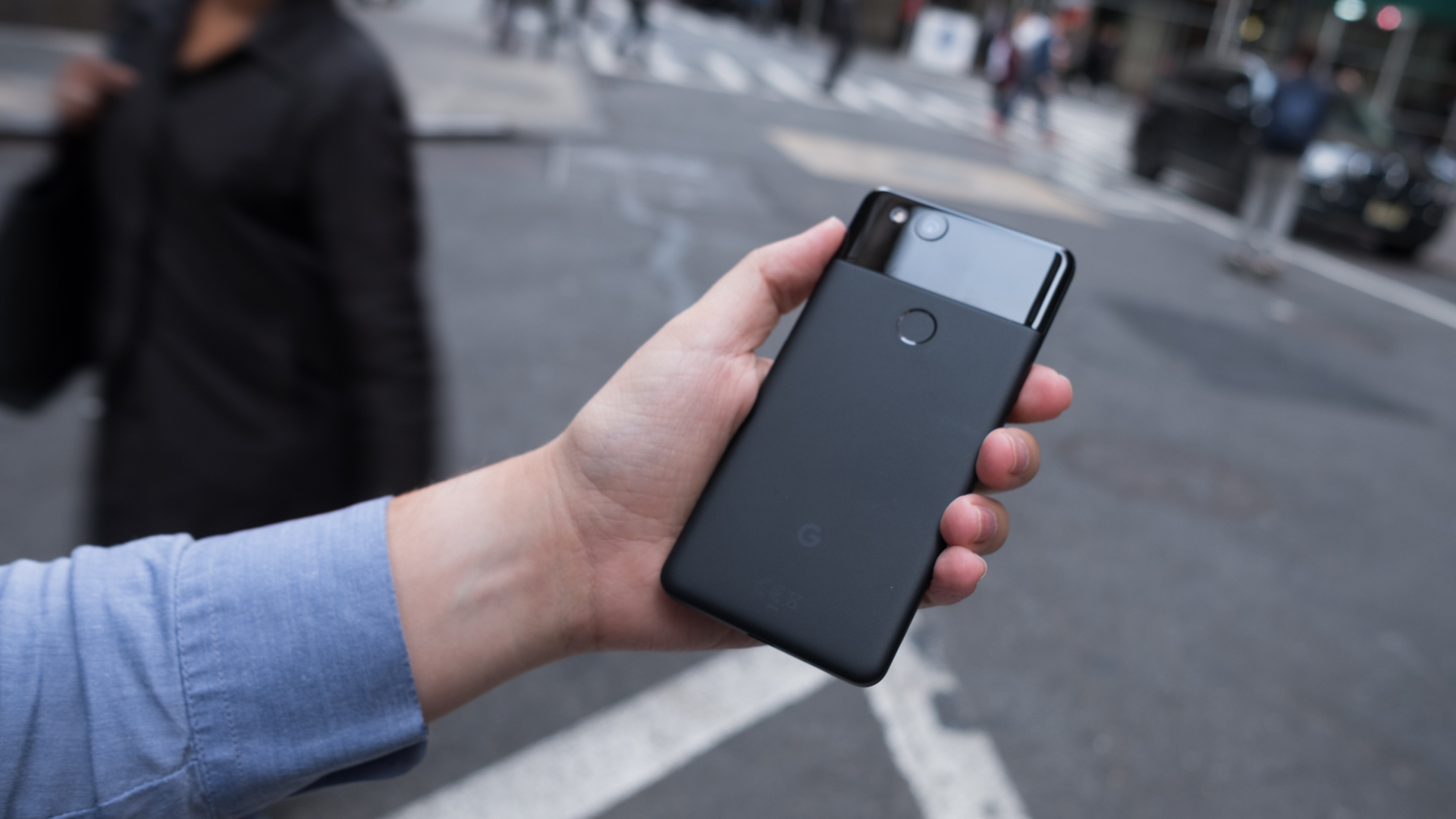Google Pixel 3 vs Google Pixel 2: is this year's phone better?
The new phone has more pixels, but what else is different?

The Google Pixel 3 was one of the most leaked phones of the year and it turns out most of the leaks were right – this is a handset that looks a lot like the Google Pixel 2, but under the surface many of the specs and features have changed.
So to help you get to grips with these two superficially similar phones we’ve compared them across all the key categories, so you can see what’s new, different and – hopefully – better about the Google Pixel 3.
You’ll have to wait for our full review for a final assessment, but here’s how the phone looks on paper compared to its predecessor.

Google Pixel 3 vs Google Pixel 2 design
The Google Pixel 3 and Google Pixel 2 both have a two-tone back, but while the Pixel 2 has a glass panel at the top and metal below, the Pixel 3 uses glass for both sections.
Both phones also have bezels above and below the screen on the front (you’ll want to look to the Google Pixel 3 XL if you’re after a notch).
They also both have a single-lens rear camera and a fingerprint scanner on the back, so the two phones look similar. And, while not a visible part of the design, they’re also both water-resistant - though the Google Pixel 3 ups the resistance rating slightly.

The main difference visually is the colors they come in, as while the Google Pixel 2 is available in black, white or blue, the Google Pixel 3 swaps out the blue shade for a sand color called 'Not Pink'.
Sign up for breaking news, reviews, opinion, top tech deals, and more.
Of course, dimensions and weight are also different, though only ever so slightly, with the Pixel 3 coming in at 145.6 x 68.2 x 7.9mm and 148g, while the Pixel 2 is 145.7 x 69.7 x 7.8mm and 143g.
Google Pixel 3 vs Google Pixel 2 display
The Google Pixel 3 might look similar to the Google Pixel 2, but it has a bigger screen, specifically a 5.5-inch one, to the Pixel 2’s 5.0 inches.
The Pixel 3’s is also slightly higher resolution, at FHD+, while the Pixel 2’s is 1080 x 1920, though that leaves them both with around 440 pixels per inch. The Pixel 3 has also got a taller 18:9 aspect ratio (the Google Pixel 2 is 16:9).

The display tech is similar though, as both phones use OLED, and as noted above they both have bezels above and below the screen.
We’ll let you know in our full Google Pixel 3 review whether the quality has been improved, but the Pixel 2’s screen is bright and colorful, let down mostly just by a resolution that’s slightly lower than rivals – something Google hasn’t addressed for the third model.
Google Pixel 3 vs Google Pixel 2 OS and power
The Google Pixel 3 was always going to be more powerful than the Google Pixel 2, so there aren’t really any surprises here. The Pixel 3 has an octa-core Snapdragon 845 chipset paired with 4GB of RAM, while the Pixel 2 has an octa-core Snapdragon 835 chipset and 4GB of RAM.
The Pixel 2’s chipset was top-end when it launched last year and the Google Pixel 3’s is top-end now, though neither phone should feel lacking in power.

Their use of pure Android with minimal bloat will help with that. In both cases they run Android 9 Pie and both phones should get Android updates on or near day one, though of course the Google Pixel 3 will be supported with updates for longer.
The Google Pixel 3 has some new features though, such as a Titan M security module, which helps keep your phone secure.
Both phones meanwhile have Google’s Active Edge feature, which lets you squeeze the sides to carry out certain actions, such as launching Google Assistant. Plus, both phones come with up to 128GB of storage, so other than the chipset there’s little difference in this area.
Google Pixel 3 vs Google Pixel 2 camera and battery
The camera is one thing that has changed, most notably the front-facing camera, as while the Google Pixel 2 has a single-lens 8MP f/2.4 snapper, the Google Pixel 3 has a dual-lens one, with both lenses being 8MP, but one being an f/2.2 wide-angle one while the other is an f/1.8 telephoto one. Google is really pushing the ability to get more in your shots with its new phone.
On the back both phones have a single-lens 12.2MP f/1.8 camera, but there should be some improvements to the Pixel 3’s, mostly in the form of new modes and features.

These include 'Top Shot', a feature which captures frames before and after the image you wanted and selects the best one. Google has also built Google Lens directly into the camera this time, so you can use it to look up items, translate text and more, seamlessly.
As for the battery, the Google Pixel 3 has a 2,915mAh one, up from 2,700mAh in the Google Pixel 2. Of course, the Pixel 3 also has a bigger screen, so it remains to be seen whether the phone can last longer. The Pixel 2 for its part lasts all day in our tests but struggles to last much more than that.
One new feature on the battery front is the addition of wireless charging this time around.
Google Pixel 3 vs Google Pixel 2 price and availability
The Google Pixel 3 is available to pre-order now, at a cost of $799/£739 for a 64GB one or $899/£839 for 128GB.
That’s higher than the $649 (£629, AU$1,079) starting price of the Google Pixel 2, though even before the Pixel 3’s launch that phone could be found for around $100/£100 less in some stores, so expect the price to drop even further now.
The Google Pixel 3 XL will hit stores in the US on October 18, while the UK and Australia will get it on November 1.
Takeaway
The Google Pixel 3 looks on paper to be a solid but conservative upgrade to the Google Pixel 2. Most components have been improved, but other than the screen size, the newer chipset and the extra front-facing camera, the differences don’t look game-changing.
As ever, the Google Pixel 3 XL will be the handset to go for if you want a real Google flagship, but for something a bit more affordable and a bit smaller the standard Google Pixel 3 could be a good option, while the Google Pixel 2 remains a tempting choice if you want something cheaper still.
James is a freelance phones, tablets and wearables writer and sub-editor at TechRadar. He has a love for everything ‘smart’, from watches to lights, and can often be found arguing with AI assistants or drowning in the latest apps. James also contributes to 3G.co.uk, 4G.co.uk and 5G.co.uk and has written for T3, Digital Camera World, Clarity Media and others, with work on the web, in print and on TV.